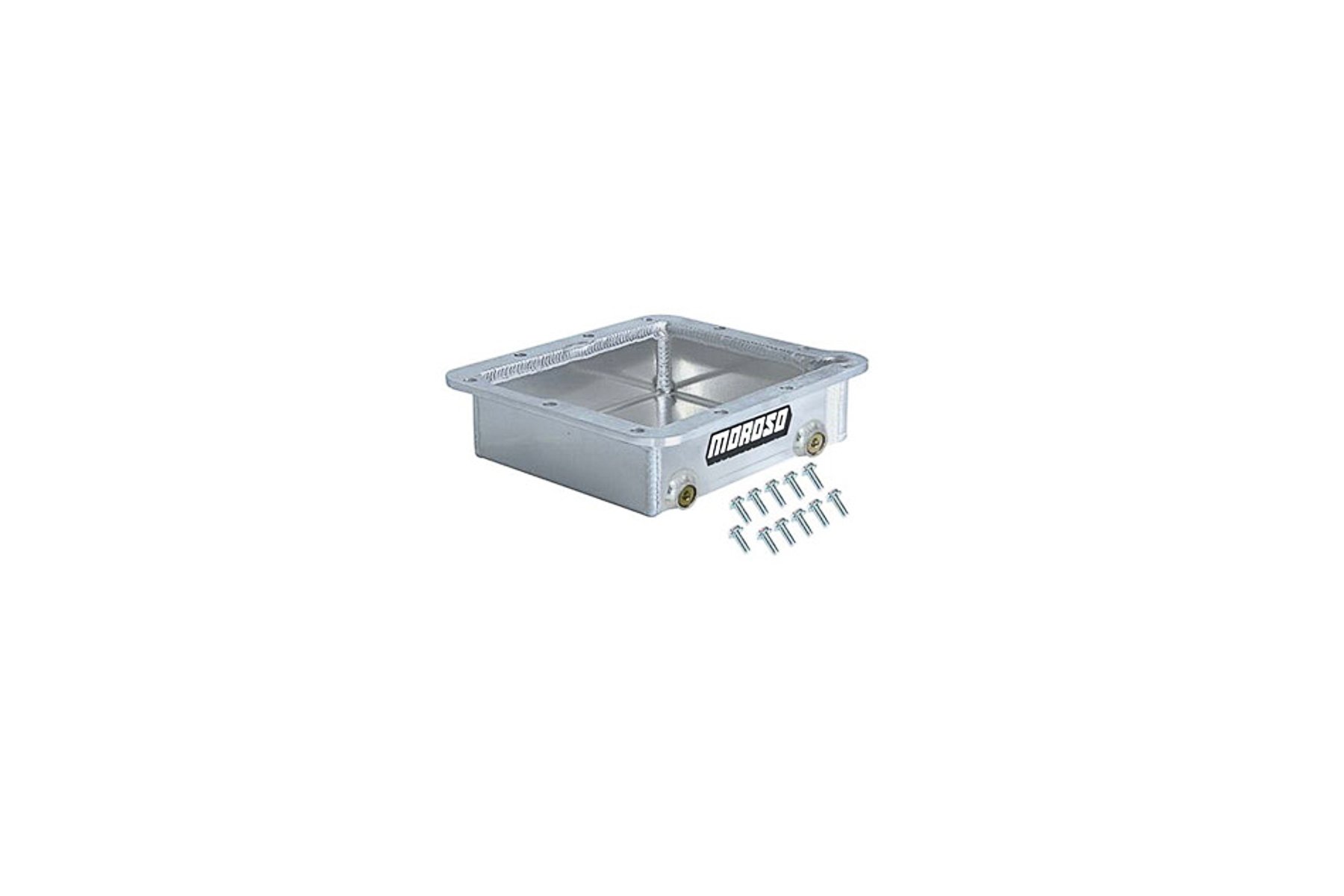From the factory, most of the cars we drive utilize a thermostat in the cooling system. It serves a number of purposes in original equipment applications, such as providing heat for the car’s occupants sooner or to keep the engine at a certain engine temperature for emissions reasons. But those aren’t necessarily part of the equation when it comes to cars raced at the track. We decided to talk to one of the top cooling experts, Don Meziere of Meziere Enterprises, to get more details on thermostats and their use in racing applications.
“The thermostat is an important component which assists the warm-up cycle, keeps engine temperatures up to a minimum, is a simple mechanical solution, and is a very reliable, time-tested method of control,” explains Meziere.
It’s common for racers to eliminate the thermostat in their vehicle’s cooling system, so we asked Meziere what needs to be considered when not using a thermostat in your cooling system.
“Monitor the temperature and know what to expect,” Meziere says. “In most drag racing cars, there is no thermostat and the drivers develop a routine. Like, ‘I want the engine to be 140 degrees when I leave the staging lanes’, or 105 or whatever. After running the car and passing the finish line, the engine will be basically the same every time. If it changes significantly, you know you need to dig in and find a reason for it. In a street car situation, the actual temperature of the vehicle will change with the change in ambient temperature, so you may find the engine temperatures too hot in the summertime or too cold in the winter. Too cold? Add a thermostat. Too hot? There’s a list of things that could contribute, but most of the time it seems to be airflow issues. That’s another topic for another time.”
There is a common belief among enthusiasts that the thermostat holds coolant in the radiator to give it time to cool down before releasing it back into the engine, but Meziere doesn’t find that to be the case.
“Over our years of gathering knowledge, that ‘more time in the radiator’ idea never really rang true to us. After all, more time for the coolant in the radiator is fine as long as the engine is not still making heat and affecting the fluid in the engine. The OE designers put large coolant lines to the engine for a reason; so that a lot of flow is possible. Flow is required when the engine is at wide-open throttle and the heat-factory is open for business. You have to keep the backside of the combustion chamber supplied with a good stream of water to carry that heat away. When we hear of cases in which slowing the coolant down was helpful, we usually can conclude one of two factors were in play: either the radiator is undersized for the engine, or there are air-flow problems contributing to the issue.”
Meziere Enterprises produces electric water pumps for numerous applications, so we queried Meziere on using a thermostat with an electric water pump.
“That is really application-specific,” Meziere begins. “If you need to cool the engine after shutdown, it is much easier without a thermostat. If your engine makes a lot of heat and may heat up too quickly, it is better without a thermostat. Usually, a quick warm-up cycle is preferred, especially in a street-driven vehicle. There, you will want a thermostat. One other consideration is if you think the engine may run too cold either at a standstill or while driving.”
There are two benefits to running the engine warmer: the first is lower emissions, and the second is reduced wear on the internal engine components.
We also wondered if using a thermostat with an electric water pump could cause potential issues to the pump itself.
“No, the pumps are fine with extra restriction. There’s no danger of damaging the pump from excess load. However, we do usually mention one thing regarding bypass flow. An OEM setup usually has a bypass hose that allows fluid to return to the pump when the thermostat is closed. That makes the car’s heater work well and provides an accurate signal for the thermostat so that it will respond to the warmer fluid when it is time to open. If there is no bypass circuit, the fluid will be dead-headed against the thermostat and it may be delayed in opening because of the lack of flow past the thermostat. For this reason, we recommend (when no bypass circuit is present) the customer drill a few 1/8-inch diameter holes in the outer perimeter of the thermostat so that a little fluid can pass and the thermostat will open at the proper temperature.”
If you need more information or have further questions about whether or not you should run a thermostat or how next to implement the use of one in your cooling system, contact Meziere and they can give you the latest information based on your application and cooling system needs.






